Text: Bhargav TS & Anusha B
Over a period of time, the auto component manufacturing industry in India has evolved significantly in terms of quality, cost and delivery. For the evolution of auto industry, machine builders have been the backbone and supporting them for ages. For more than a century machines have begun making their presence felt in manufacturing as production germinated from single piece to batches, and finally into mass manufacturing. Today, in auto components manufacturing, even the smallest of things – loading and unloading of non-heavy and non-hazardous components – are done by machines.
Two decades ago there will be standard machines producing several components, but now the scenario has changed as the machine builders started developing new machines according to the requirements and launching it once in 6 months or even less. Even though cost plays a major role in buying these machines, OEMs and component manufactures realise the utility of these machines and upgrade it with their existing ones. Since globalisation, most OEMs in India began to procure almost everything as sub-assemblies, systems and modules and assembled them at their respective factories. This transformation also contributed to further invasions by machines in manufacturing operations.
Interestingly, industries look at the slowdown positively and they look back on what each company has done thus far, and improve upon it. Also, they feel like it is the best time suited to innovate, not only products but also new methodologies in manufacturing that can be cost effective, eventually improving the bottom line. Quite a few large companies invest during the slowdown as they benefit on a few counts including availability of time, materials at competitive cost and also cheap labour.
The automotive industry platform should be tagged as a credible platform as plenitude of innovations are striking the market incessantly. Make in India propels investors with its easy clearance policies and many other subsidies and now is the best time to showcase India’s competitiveness and its edge on various boundaries. The automotive industry has always been a frontrunner of espousing automation techniques which is highlighted in various shapes else-where in this story. Lot of innovations are flashing and prototyping the industry to reduce costs, optimise productivity and tap India’s growing consumer demand. This fair manifests efficient technologies dedicated to engineering and design processes of automotive industries as well as target planning, shop floor and quality control technologies on display which will be an important stopover for vehicle manufacturers looking for manufacturing optimisation.
OEMS and suppliers face major challenges on quality supply and order and supply correlation. Unless the 4 major attributes – globalisation, time to market, customer behaviour and automation initiative through robots are addressed and tune those in the bud it would be very difficult to survive in the ever changing auto market. As globalisation concept stigmas the business brains and customer brains and albeit lot of provisions in procurement from different countries, it has still become indispensable to streamline the supplier pace locally. The market is now open for the fast players to fit players which does not mean that one can compromise with the quality. Quality is the one which is the verb of the product without which the product can not be marketed at all. Only the local supplier pace strengthens the time to market strategy and thereby customer behaviour will be taken care. The mundane operations should be robotised wherever possible to have high efficiency and productivity.
An industry expert said, the changing scenario in automobiles – from slow speed guzzlers to faster and fuel efficient vehicles, there is a potential call for high accuracy components that can be manufactured only by high-tech machines. The development in cutting material which makes cutting faster, improvement in the microprocessors, enforcing the 3D model into the system and the ability to do virtual simulation, have all contributed to the change.
Gautam Dutta, Director, Marketing, Siemens said, “The changing trends always impact the customer’s mind and the product should not be built to print but should be built to intent. Prior to homologation the product has to stage and wear various hats like meeting the technical specifications, style,safety,design engineering, prototype manufacturing, mass manufacturing. The technical issues like the power train, cooling system,electrical system, chassis integration, body integration,design integration, control validation, system integration and vehicle integration has to be addressed and redressed. Soon after getting signalled green in all the junctures the product could be successfully launched.”
“Although India is listed as the 6th passenger vehicle manufacturer amongst global players, manufacturing 3.2 million cars per annum, it still does not find its DNA,” averred Umesh Arora, Associate Director, strategy and operations KPMG. Out of 3.2 million cars 2.6 million cars are serving indigenous market with 60,000 cars exported to global markets. India is expected to reach the 3rd position by 2020 but the uniqueness of Indian manufacturing is still blurring. Experts are contemplating whether the uniqueness could be frugal engineering or software expertise. Hence by virtue of being prowess in software edges us amongst all and in turn helps us to showcase our idiosyncratic skills in the technical arena added Arora.
Traceability is one of the key strategies to be imbibed by all industries to have an optimised set up. OEMs and part suppliers together should involve in trace process which is a process of recording all the activities happening in the manufacturing process in order to have a quick fix upon any defects encountering product-wise and process-wise. “Terabytes of data cannot be handled by OEMs alone hence part suppliers should lend hands by sharing the data effectively pertaining to their products and supply.This traceability increases the reuse possibilities of the products as stage by stage information of the product is recorded and unveiled. Early detection of the defects or flaws helps in optimising the production,” said Sameer Gandhi, Managing Director, Omron.
The efficient way of manufacturing is to have paper-less operations in place. The enterprise resource software subscription will pave a way to efficiently handle all the operations digitally. Stocking of raw materials in the warehouse without having proper reorder level and supply chain management in place is going to affect the financial system of the business in which the money could have been utilised otherwise for some productive things. Dearth of requisites will lead to disastrous delivery, on the other hand excess storage will lead to space and money constraints. In Order to have an equilibrium in intra-department, enterprise software is installed where it takes care not only the manufacturing operations but also the man power requisites like attendance record, WIP hours, break time and over time.
Hitherto emphasis has been given in this story on the manufacturing process to be heeled on propped by innovation strategies. But though automation in systems are in place human intervention cannot be neglected. Only mundane and menial jobs could be robotised but the skillful jobs should be addressed by humans. But the irony here is though we look for dexterous people to carry out skilled tasks 60% of graduates and 75% of engineers are unemployable. In one corner we could wrangle on institution-industries outcome based initiatives in curriculum but this initiative may end-up paradox with strewing reasons.
There are several bodies like NSDC (National Skill Development Corporation), ASDC (Automotive Skills Development Council) which helps in tuning the tender young brains to imbibe the manufacturing techniques. Also SIAM (Society of Indian Automobile Manufactures) supports this with the assistance of OEMs. This move will be a whip hand to auto manufacturers in streamlining the operations bifurcating the chore activities as robot-based and core activities as human-based.
With all the optimised manufacturing suggestions in place lean manufacturing technique is a mandate-adoption attribute. Reduction of waste with full involvement, cellular manufacturing techniques, flexible manufacturing techniques, Kaizen, 5S, Jidoka, Poka Yoke, Teien systems are the keys to achieve lean manufacturing at work place. Government of India lends their arms to support MSMEs (Micro small and medium enterprises) with this lean manufacturing technique. Micro and small industries can directly apply to GoI requesting funds for lean adoption and the consultants will be hired with certain stipulations. The funds will be released in regular intervals with WIP and nodal officer (consultant head) will be the point of contact with the Government official. and upon successful commissioning of lean manufacturing process the funds will be paid fully. The medium and large industries can realise this in their shop floor through their tier suppliers.
Machines have come thus far, making life simpler, so what can be the future course of development in this space? Yes, says the machine builders and they foresee that there will be some kind of evolution of the machine itself to optimise operations and make them faster. Today, machines are capable of doing certain kinds of repeat operations. Perhaps, the future will look at machines that can combine multiple units for combined operations. Instead of multiple stations, the station numbers could get reduced. Furthermore, he sees that there could be some kind of connectivity between material and machines with information technology playing a key role.
Industrie 4.0 is the initiative taken by Germans to optimise manufacturing process automation and other techniques. The initiatives taken against industrie 4.0 are digital manufacturing applying internet of things, manufacturing operations management,cyber physical systems for production logistics, cloud and big data embrace. Cyber physical system envisages the machine communication wherein the components communicate with each other to take the most optimum path and process for manufacturing. This machine communication is in place now with some components but the entire set up communication is not prototyped yet. This initiative is on the crucial go now and cyber physical system will soon hit the industrial floors. This cyber physical system will be materialised with the help of robots. ACI



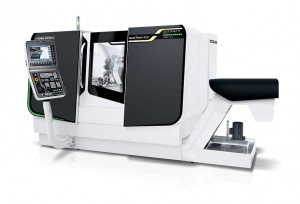

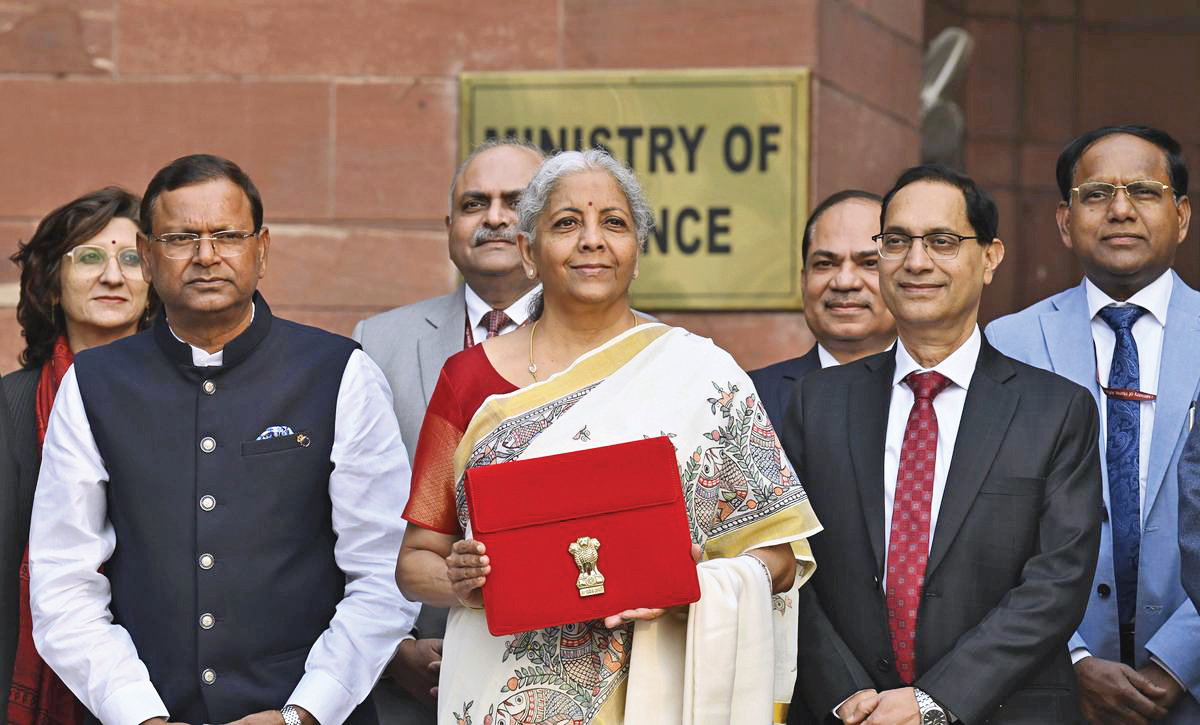
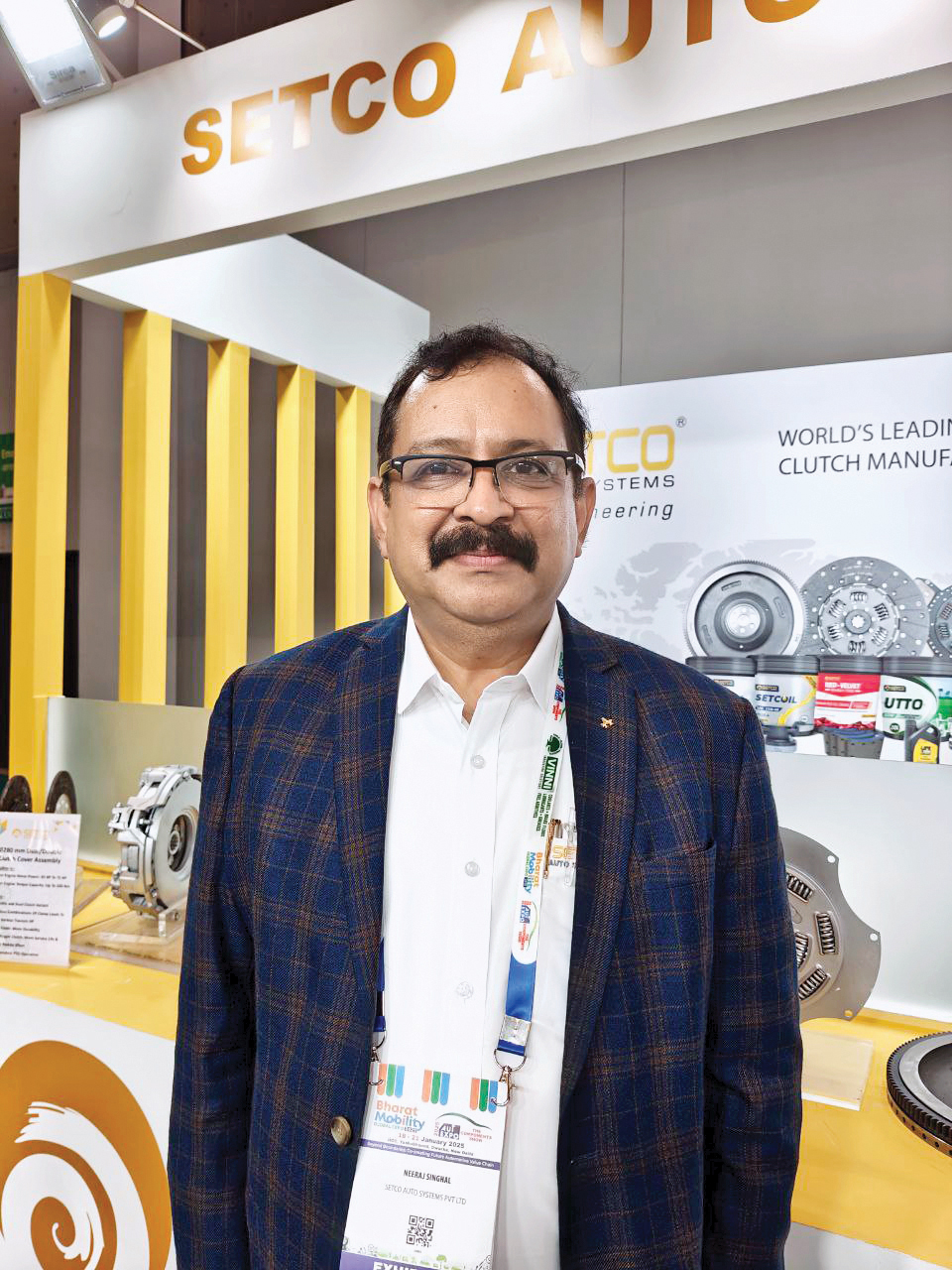
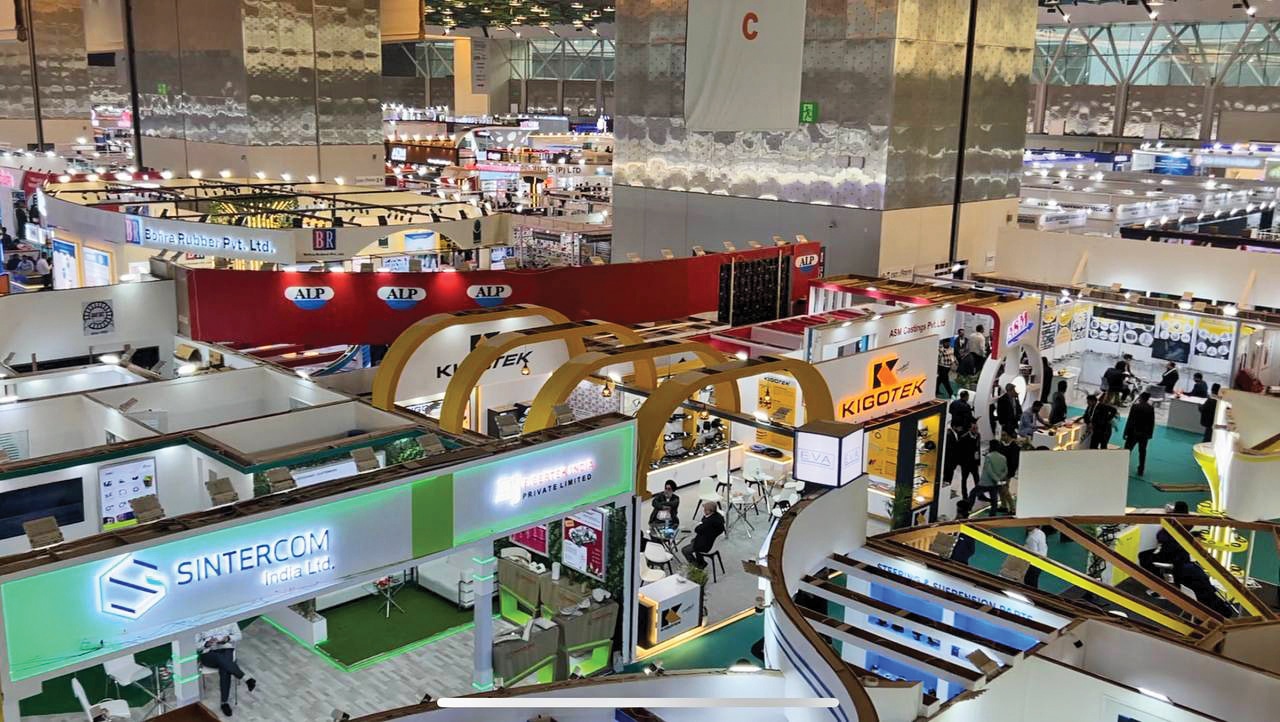

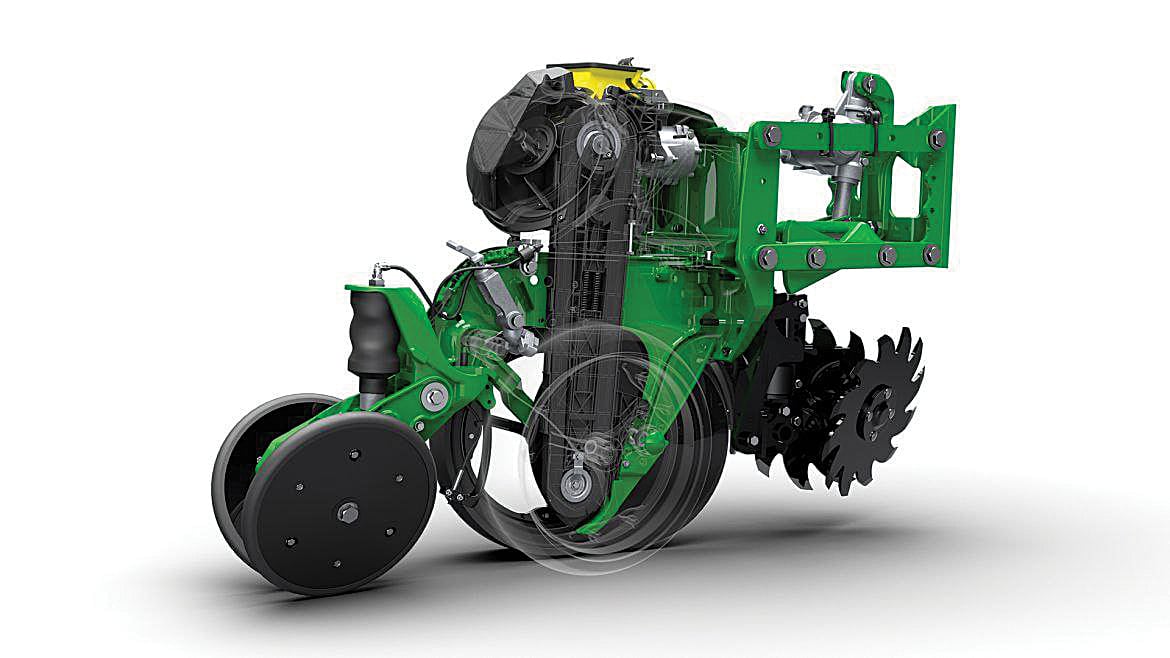

Leave a Reply